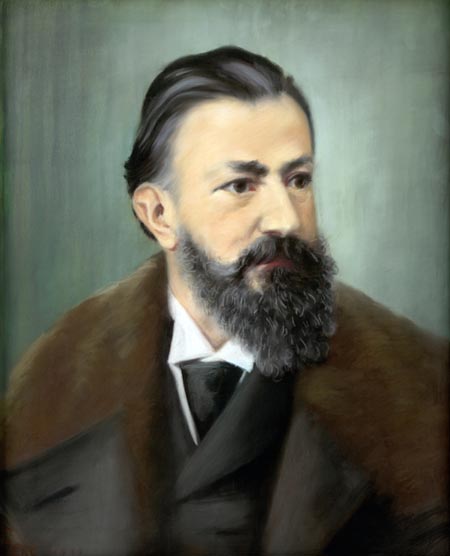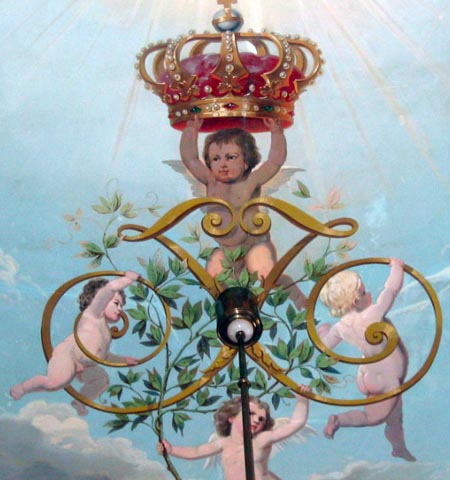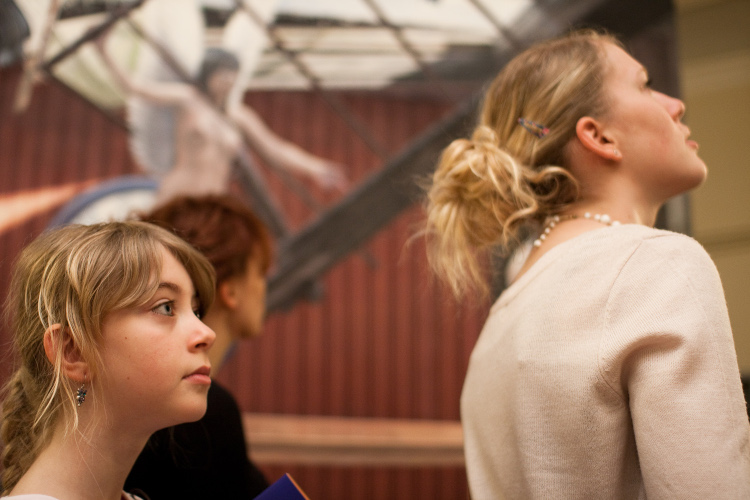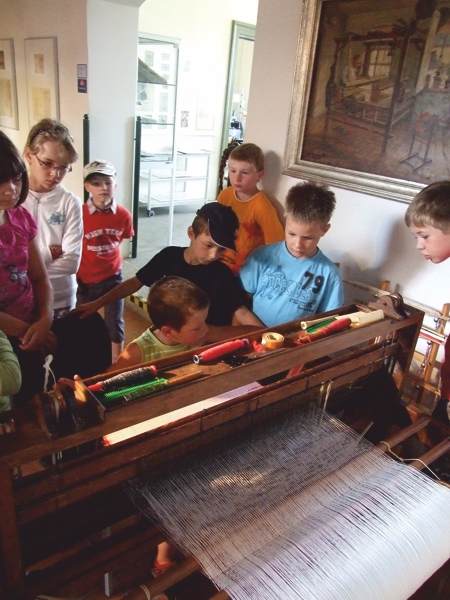The Lower Castle

The Lower Castle was the place of residence for the Lower Greiz lords and imperial counts for centuries and for the Reuss Older Line princes from 1809 onwards.
The line of succession divided the Reuss territory into the areas of Lower Greiz, Upper Greiz and Gera in 1564. Heinrich the Elder received Lower Greiz and built his place of residence, later known as the Lower Castle – and what is now St Mary’s Church.
The count’s royal seat became the home of three state councils in the reunited older line (government, chamber, consistory) from 1768 until 1802, after the Lower Greiz line had died out.
Following a devastating town fire in April 1802 and the massive destruction caused to the Lower Castle, the then ruling prince of the Reuss Older Line, Heinrich XIII, had the Lower Castle rebuilt in classicist style by 1809. After it was completed, Heinrich XIII moved the place of residence of the Reuss Older Line principality from the Upper Castle to the newly constructed Lower Castle. The Lower Castle was the principality’s place of residence from the second ruling Reuss Older Line prince, Heinrich XIII, until the end of the monarchy in 1918.
The principality was particularly important during the Austro-Prussian War of 1866. The political and military support for the pan-Germanism solution to the German question with the hegemonial power, Austria, dominated the principality’s conflict-prone internal and foreign policy during the second half of the 19th century. Prince Heinrich XXII took over the reins of the Reuss Older Line principality in 1867; he felt obliged to uphold the law as the ruling lord and made great efforts to maintain the sovereignty of the Reuss Older Line state.
The Lower Castle is a self-contained ensemble of 19th-century residential architecture. The Lower Castle is now home to the museum, the textile exhibition workshop, Greiz’s information office, the music school and a café.
The permanent exhibition

Enjoy the continuation of the “From the Land of the Vogtland Reeves to the Reuss Older Line Principality” exhibition in the authentic 19th-century rooms in the Lower Castle Museum. The museums in the castle town and royal capital of Greiz also present current special exhibitions on cultural, artistic and historical topics in the rooms of the Lower Castle every year.
The importance of the Lower Castle as a royal place of residence is also clear from the elaborate design of the rooms. This is particularly obvious in the rooms on the main floor.
The Lower Castle Museum is situated on the main floor, the former showcase and living quarters of the state rulers.
The gallery with its conservatory, the princess’ dressing room and other private rooms belonging to the royal family are particularly noteworthy.
The former reception and banqueting hall (now the festive room) and the adjoining rooms with their precious stucco decorations are the outstanding features on the main floor. Most of the stucco features were created by Johan Christian Sennewald in 1807-1808. What is now the festive room has a strictly classicist structure. Stuccoed overdoors and triangular gables above the French windows and door openings as well as the frieze all round and the finely structured cornice above it dominate the feel in the rooms.
The construction of the grand staircase with its round shape also underlined the showcase character until 1809. The current design dates back to reconstruction work in 1884/1885. The cupola paintings above the grand staircase with their allegorical images of the twelve months of the calendar were created at this time.
During the rule of Heinrich XXII, the southern wing, the so-called Ida Palace, was built as an extension with a conservatory, the rooms of the last Princess of the Reuss Older Line on the main floor and the eye-catching tower with its onion dome.
The elaborate design and valuable ceiling paintings using royal attributes, e.g. the prince’s crown, clearly stress the prestigious character of the interior design in the Lower Castle. The main floor of the Lower Castle has been used as a museum since 1929.
The special exhibition

- This takes you directly to the latest special exhibitions in the Lower Castle Museum and Upper Castle Museum!
The textile exhibition workshop

The former utility rooms for the royal court have been home to an exhibition workshop about the production and history of the textile industry in Greiz since 1998.
Weaving mills and later the garment industry with its textile trades dominated Greiz for more than 500 years.
The exhibition shows the varied history from the beginnings of the textile industry in 1450 up to industrial production.
The textile exhibition workshop reminds visitors how important the textile industry was for the town of Greiz and the surrounding area – ranging from hand weaving to large family businesses with a global reputation at a later date.
Children and adults are not only able to see, read and hear – but are actively involved in the manual production process.
Greiz history to experience and feel.
The permanent exhibition
- Manual and mechanical weaving looms to experience, including a Jacquard weaving machine and bobbin winding machines
- The early days of weaving in contemporary documents
- The development of the textile industry in the 19th century
- The Greiz textile industry in the 20th century
